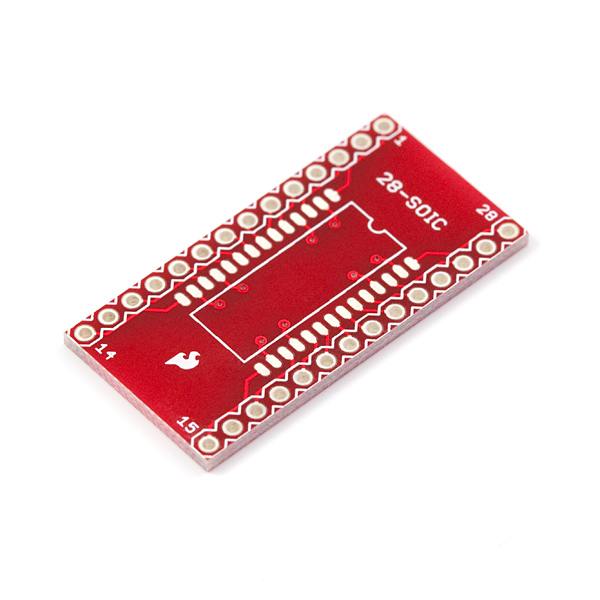1: I am so sorry some of you do not have good sourcing for electronics. I checked RS electronics today and here in Germany they offer shipping fee for 6.96 € below 50€ invoice. Above it is free.
I searched at "Kiwi"-RS as well but could not get any information online. So check you local RS site.

Please check your next RS-online portal for shipping cost.
And NO: I do not own any share from them.
Alternatively check eBay. There are some offers there (not RS of course) with free shipping.
2:
Today I performed a one day crash course in PCB-Layout and succeeded somehow:


Please note: this is a sample only. Most of overcurrent shut off is included but not the sensor and some minor safety components missing.
Different from my first find it is Target 3001 (freeware).
@Lester: circuit diagram / PCB layout / 3D view / PCB production files / spice simulation included!
I am not sure if this is the way to go. Maybe the second step only.
But it might be a good template for all of you who will build such drivers on a bread board of this type.
 (no stripe board)
(no stripe board)
You can imagine the placing of components and can use the PCB (both layers) as visual checklist for wiring. Apart that it is essential to perform the right wires as short as possible.
The sample above is the monster driver but I am willing to forward the 555 driver as well if requested.
My question is now: Will such a template help your replication?
JohnS
I searched at "Kiwi"-RS as well but could not get any information online. So check you local RS site.

Please check your next RS-online portal for shipping cost.
And NO: I do not own any share from them.
Alternatively check eBay. There are some offers there (not RS of course) with free shipping.
2:
Today I performed a one day crash course in PCB-Layout and succeeded somehow:


Please note: this is a sample only. Most of overcurrent shut off is included but not the sensor and some minor safety components missing.
Different from my first find it is Target 3001 (freeware).
@Lester: circuit diagram / PCB layout / 3D view / PCB production files / spice simulation included!
I am not sure if this is the way to go. Maybe the second step only.
But it might be a good template for all of you who will build such drivers on a bread board of this type.
You can imagine the placing of components and can use the PCB (both layers) as visual checklist for wiring. Apart that it is essential to perform the right wires as short as possible.
The sample above is the monster driver but I am willing to forward the 555 driver as well if requested.
My question is now: Will such a template help your replication?
JohnS





Comment